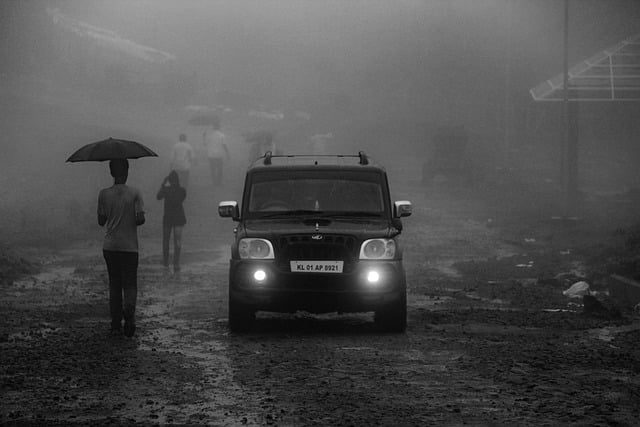Gap insurance, also known as Guaranteed Asset Protection insurance, is a financial safeguard that protects car owners and lessees in specific scenarios where their vehicle is declared a total loss or stolen. Understanding the role of gap insurance in these situations can help you determine its importance and whether it’s the right choice for your auto insurance policy.
What Does Gap Insurance Do?
Gap insurance is designed to cover the difference between your car’s actual cash value (ACV) and the amount you still owe on your auto loan or lease. In the event of a total loss or theft, it prevents you from having to pay out-of-pocket for a vehicle you can no longer use.
For more on what gap insurance typically covers, visit What Does Gap Insurance Typically Cover?.
Does Gap Insurance Cover Totaled Vehicles?
Yes, gap insurance covers totaled vehicles, which are declared a total loss when the cost of repairs exceeds the car’s ACV. Here’s how it works:
Example Scenario:
- Your car is valued at $20,000 (ACV) at the time of the accident.
- You owe $25,000 on your auto loan.
- Your primary auto insurance pays the $20,000 ACV to your lender.
- Gap insurance covers the remaining $5,000, ensuring you’re not left paying for a totaled car.
This protection is particularly crucial for new cars, which depreciate rapidly in the first few years of ownership.
Does Gap Insurance Cover Stolen Vehicles?
Yes, gap insurance also covers stolen vehicles that are not recovered. In this case:
Example Scenario:
- Your car is stolen and its ACV is $18,000.
- You owe $22,000 on your loan or lease.
- Your primary insurance pays the $18,000 ACV.
- Gap insurance pays the remaining $4,000 balance.
This ensures that you’re not left with a financial burden for a vehicle that has been stolen.
Why Is Gap Insurance Valuable in These Situations?
1. Protection Against Depreciation
Vehicles lose value quickly, especially new cars, which can depreciate by 20-30% in the first year. Gap insurance covers the financial gap created by this depreciation.
2. Peace of Mind
Knowing that you won’t be stuck with debt for a totaled or stolen vehicle provides significant peace of mind.
3. Compliance with Lease Terms
Many lease agreements require gap insurance to protect the lessor’s investment in case of a total loss or theft.
For more guidance on when gap insurance is necessary, visit When Should You Consider Buying Gap Insurance?.
What Gap Insurance Does Not Cover
It’s important to note that gap insurance does not cover everything. Here are some exclusions:
- Deductibles: Gap insurance typically doesn’t cover your primary insurance deductible unless specified.
- Repairs: It does not pay for vehicle repairs or partial damages.
- Personal Belongings: Items stolen from your car are not covered.
- Negative Equity from Trade-Ins: If you rolled over negative equity from a previous loan, gap insurance may not cover this amount.
Real-Life Example: Gap Insurance in Action
A driver purchased a new car for $30,000 with a $2,000 down payment. Six months later, the car was stolen and not recovered. At the time of the theft, the car’s ACV was $24,000, but the driver still owed $28,000 on their loan. Without gap insurance, the driver would have been responsible for the $4,000 difference. However, their gap insurance policy covered the remaining balance, saving them from a significant financial loss.
Who Should Consider Gap Insurance?
Gap insurance is particularly beneficial for:
- Leased Vehicles: Leased cars often require gap insurance.
- High Loan-to-Value Ratios: If you financed most or all of your car’s purchase price.
- Rapidly Depreciating Vehicles: Certain cars lose value faster than others, making gap insurance a smart choice.
How to Ensure You’re Covered
- Review Your Policy: Confirm that your gap insurance explicitly covers totaled and stolen vehicles.
- Work with Your Insurer: Ensure that your gap insurance is added to your policy if not already included.
- Reassess Coverage Regularly: Once your loan balance drops below your car’s ACV, you may no longer need gap insurance.
Gap insurance is an essential safety net for car owners and lessees, providing financial protection when your vehicle is totaled or stolen. By covering the gap between your car’s value and the amount you owe, it prevents you from being burdened with unexpected debt. Whether you’re leasing, financing, or purchasing a rapidly depreciating vehicle, gap insurance ensures you’re prepared for the worst-case scenario.



